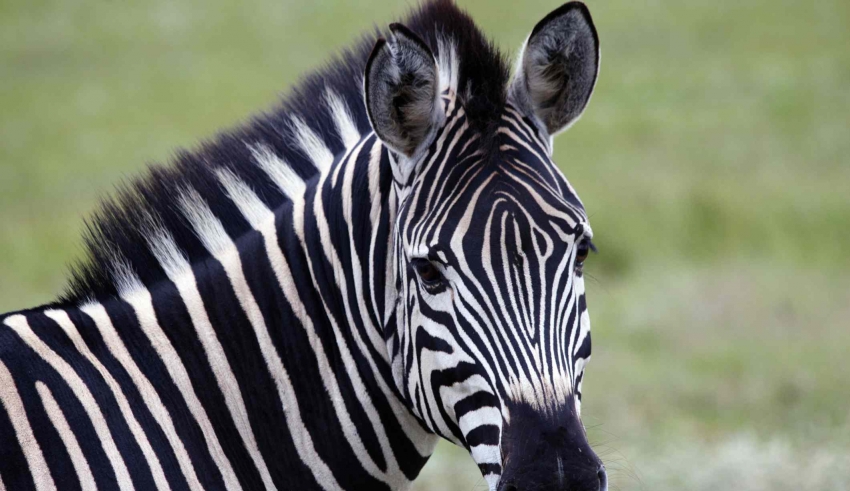
There was this brilliant follow-up study done. Now, instead of the monkey doing tasks and then getting a reward, it does the task and only gets the reward 50% of the time. The relevant part of the brain dumped out dopamine levels like no one has ever seen in the business, because you’ve introduced that element of “maybe.”
Shift the reward rate from a 50% likelihood to either a 75% or 25% likelihood of reward (these are diametrically opposite, one of them “the world is getting more reliably better”, the other is “the world is getting more reliably worse”) and with either condition, you don’t get as much of a rise in the dopamine. Above or below 50% and the world is getting more predictable (positively or negatively) and you don’t get as much of a rise in dopamine. 50% is right at that fulcrum of maybe.
People who think of psychological stress carry on endlessly about how a lack of control is extremely stressful, and an assembly line of workers who have no autonomy can’t function well. But you see here, a lack of control with some predict ability is incredibly pleasurable.
What is the difference? That’s where the benevolence comes in. The difference concerns in the context in which the activity is embedded.
Lack of control in a malevolent setting, this is going to lead to a bad diagnosis. People don’t know what is going to happen, and it is not likely to be good. Contrast this with a lack of control in a benevolent setting and you have people feeling: “this roller coaster ride is going to be scary and unpredictable but we’re not anticipating being decapitated during it.” In a benevolent setting, the unpredict ability is sheer stimulation and excitement.
Marcia Reynolds: What you’re saying is that within the bubble of the organization, leaders set challenges for people that have some degree of possible failure, but everything is available to create success. And as they are risking, exploring, and learning, they do this without fear of being criticized or punitively blamed for mistakes.
Dr. Sapolsky: Exactly. What is predictable is the benevolent setting. In that set ting, you allow the unpredictability.
That’s essentially what animals do when they play. They signal to each other that, “I am willing to make myself vulnerable right now. I’m going to crouch down or roll on my back and display my throat and my genitals; we have this agreement that all will be okay. I don’t know if you’re going to lunge at my throat, but I won’t die. And sometimes I get to do it to you.” That’s what play is.
Marcia Reynolds: In essence, a work environment has to allow for some vulnerability, which includes both risk and failure. In other words, leaders can’t be sending the message for people to do it right all the time. If you did it right all the time, you would not be challenging yourself and would lose motivation. There has to be a 50/50 chance, which means sometimes things don’t work out right.
And all of that is perfect.
Dr. Sapolsky: Yes, the 50/50 chance in a benevolent setting. This is where coming up with a crackpot idea that turns out to be wrong is viewed as a good thing in your business. You can encourage craziness 50% of the time because all we need is the other 50% to be phenomenal. That’s where failure occurring in a benevolent setting is stimulating as hell.
Download Article 1K Club

















